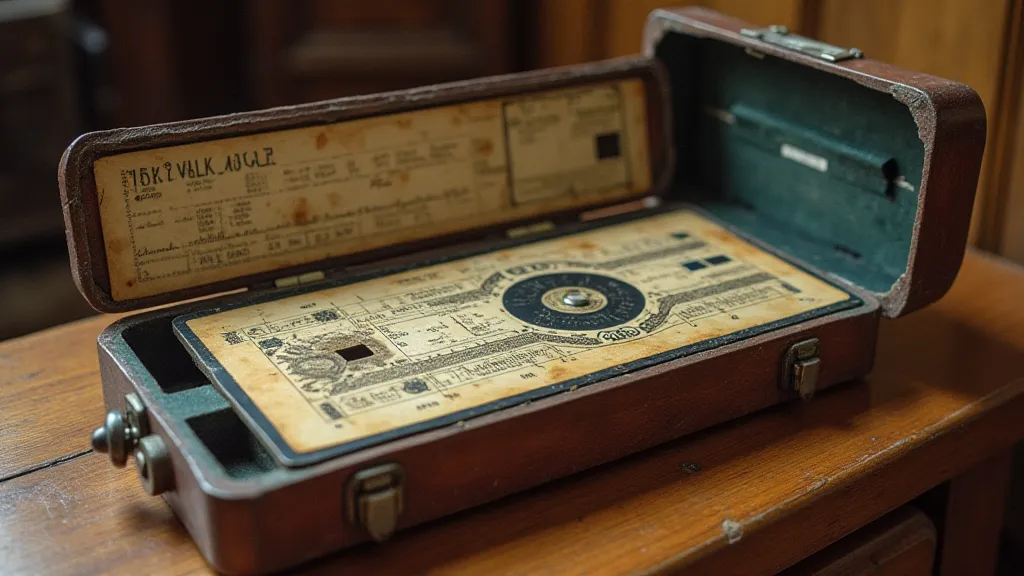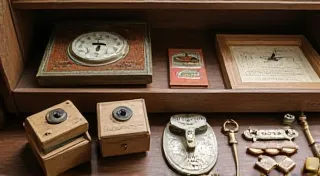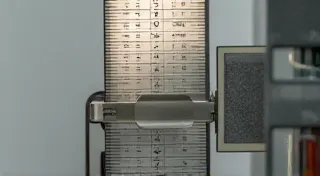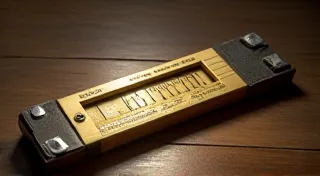Understanding and Repairing Common Slide Rule Hairline Cracks
Vintage slide rules, iconic tools of engineering and scientific calculation, are often beautiful examples of vintage craftsmanship. However, age and the environment take their toll. One of the most common issues encountered by slide rule enthusiasts is the appearance of hairline cracks in the scales and body. These cracks, while often seemingly minor, can be a sign of underlying stress and can worsen over time if left unaddressed. This article provides a detailed, hobbyist-friendly guide to understanding, assessing, and repairing these common flaws.
Understanding the Causes of Hairline Cracks
Several factors contribute to the development of hairline cracks in slide rules:
- Age: Over decades, the material naturally weakens.
- Temperature Fluctuations: Repeated expansion and contraction due to varying temperatures puts stress on the material, particularly if the slide rule has been stored in a wide range of environments.
- Humidity: High humidity can cause wood or ivory scales to swell and warp, creating stress that leads to cracking.
- Physical Stress: Dropping, bending, or simply constant handling can create cracks.
- Material Composition: The material used in the slide rule's construction (wood, ivory, plastic, metal) influences its susceptibility to cracking. For example, some woods are more prone to splitting than others.
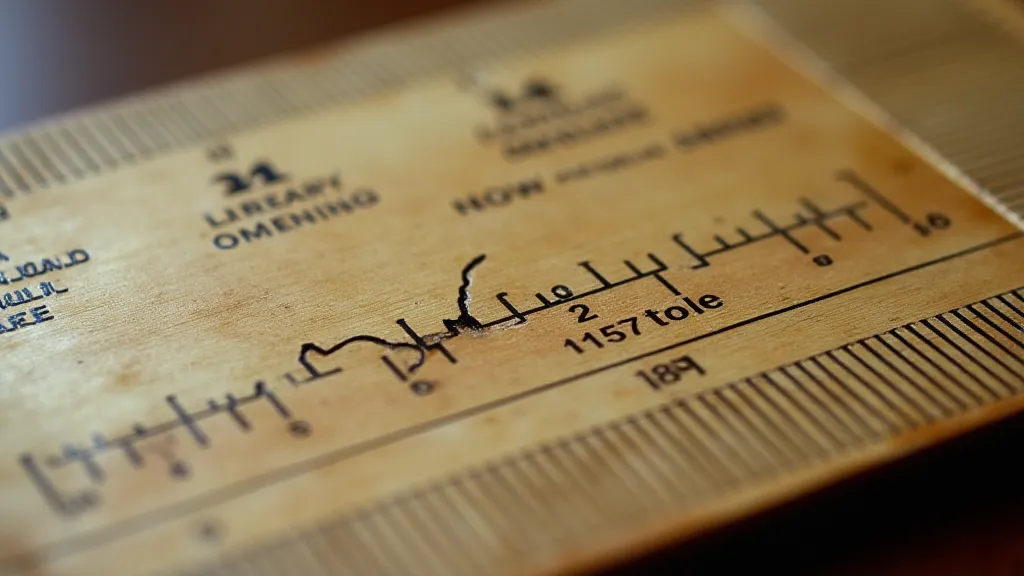
Assessing the Severity of the Crack
Not all hairline cracks require immediate or invasive repair. Here’s how to gauge the severity:
- Length: Short cracks (less than an inch) are generally less concerning than long, continuous cracks.
- Depth: Superficial cracks are easier to manage than deep cracks that penetrate the entire scale.
- Location: Cracks near crucial markings or pivots are more problematic as they can impact functionality.
- Spreading: Is the crack stable, or is it visibly growing? Cracks that are actively spreading require prompt attention.
A good rule of thumb is to consider the potential for further damage and the impact on the slide rule's usability. If the crack is minor and doesn't significantly affect operation, careful monitoring might be sufficient.
Repair Techniques for Hairline Cracks
The goal of repair is to stabilize the crack, prevent it from spreading, and return the slide rule to a functional state while minimizing further damage. Here’s a practical approach for hobbyists:
Materials You'll Need:
- Appropriate Adhesive: For wood scales, a slow-setting wood glue (like Titebond) is often suitable. For ivory or plastic scales, a specialized adhesive designed for the material (e.g., cyanoacrylate glue "super glue" for some plastics, or a dedicated ivory adhesive) is necessary. Always test the adhesive in an inconspicuous area first!
- Thin Applicator: A toothpick, needle, or syringe can precisely apply the adhesive.
- Clean Cloth: For wiping away excess adhesive.
- Masking Tape: To secure the edges of the crack.
- Clamps or Weights: To apply gentle pressure during the drying process (optional, but helpful).
The Repair Process:
- Cleaning: Carefully clean the area around the crack with a mild solvent (isopropyl alcohol is often good) to remove any dirt or debris.
- Alignment: Gently align the edges of the crack as closely as possible.
- Application: Apply a *very* thin layer of adhesive into the crack using your applicator. Less is more! Excess adhesive is unsightly and can affect the slide rule's performance.
- Securing: If the crack is wide enough, use masking tape to hold the edges together. Alternatively, use a clamp or weight to apply gentle pressure, protecting the scale with a soft cloth.
- Drying: Allow the adhesive to dry completely according to the manufacturer's instructions. This may take several hours or even overnight.
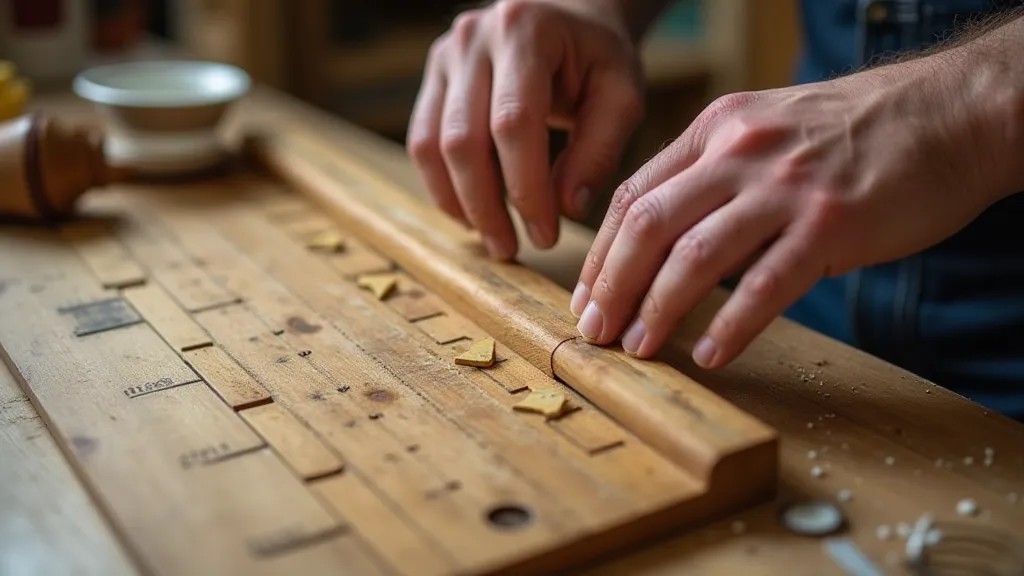
Cleaning and Preservation After Repair
Once the adhesive is fully cured, cleaning and preservation are vital:
- Gentle Cleaning: Use a soft cloth and a mild cleaning solution (such as a slightly damp cloth with a tiny amount of dish soap) to remove any residue.
- Waxing (Optional): For wood or ivory scales, a thin coat of furniture wax can help to protect the surface and enhance its appearance. Apply sparingly and buff gently.
- Storage: Store the slide rule in a cool, dry environment to prevent further cracking and warping. A protective case is ideal.
Important Considerations
- Practice on Scrap Material: Before tackling a valuable slide rule, practice your repair technique on a piece of scrap material to get a feel for the adhesive and process.
- Consult an Expert: For particularly valuable or severely damaged slide rules, consider consulting with a professional conservator or vintage tool restorer.
